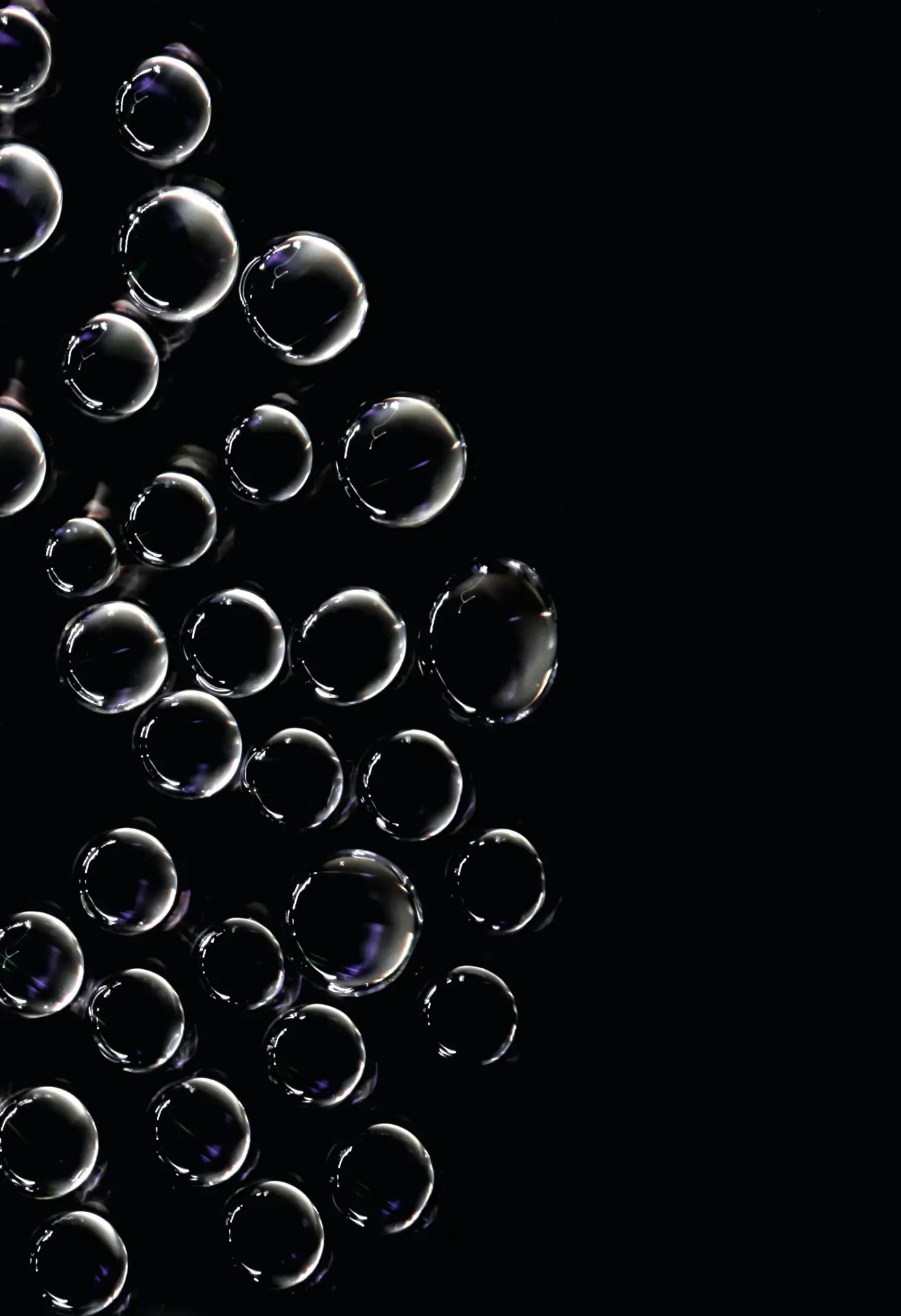BioAcoustic Fish Fence
From cold war communications to protecting native species
“Remarkably, we observed relative blockage efficiencies of approximately 98% for bighead carp and nearly 100% for the common carp to the coupled proprietary sound and air curtain system.”
-University of Minnesota
The BioAcoustic Fish Fence (BAFF) is a guidance system designed for precision.
In practice it is similar to a conventional angled screen, but creates a wall of sound and air bubbles rather than a physical barrier. This provides a highly effective barrier or fish guidance solution, and ensures waterways remain navigable.
Versatile fish deterrent
The BAFF system is often used in environments where the depth of the channel guarantees clearance for vessels that need to use the waterway. Units can be sunk into the bed, preventing interference.
Previous applications include screening hydro-electric intakes, blocking rivers to prevent the migration of species such as invasive carp, and guiding downward migrating fish like salmon smolt away from entrances to irrigation channels and canals so that they remain in the main river channel.

The BAFF system was developed as an environmentally-friendly solution that meets the requirements of legislation and best practice in multiple countries.
BioAcoustic Fish Fence
Local Government
View
“The BAFF may be a game-changer in the war on carp. Our tourism economy has been suffering for years as bass tournaments and recreational boaters are choosing other waters to visit. This has a ripple effect across all counties in Western Kentucky.”
Wade White, Lyon County Judge Executive

Where is the BAFF at Barkley Lock?
Test Site For The BioAcoustic Fish Fence
The BAFF is placed in front of the lock chamber doors, which is a natural pinch point. The curtain of bubbles and sound stop the invasive species from swimming upstream, closer to The Great Lakes.
Deterrence is key to the protection of ecosystems in which Asian carp can thrive. Audiograms (hearing test data for fish) are used to tune signals to the most sensitive frequency range for the invasive species.
A Combined Approach
FGS has now combined the BAFF system, which produces a unique, confined wall of sound, with High Intensity Light (HIL) to further enhance the solution.
This has helped ensure its effectiveness at Barkley Lock, Kentucky, where preliminary results rated it as 95% effective against Asian carp.
The Deep Dive
Research into acoustic fish deterrents proves they are effective at guiding and deterring invasive carp species.
The technology developed by Fish Guidance Systems (FGS) originated with the need to deter fish from seawater intakes and steer the migration of species such as salmon. Over the last 15 years, several trials have confirmed the capacity of these systems to help control and limit the upstream spread of invasive species.
Deterrence of invasive carp
Fish hearing test data (audiograms) play an important role in the design and development of effective sound-based behavioural systems. Trials in collaboration with the Illinois Natural History Survey (INHS) assessed the effectiveness of FGS’s BioAcoustic Fish Fence (BAFF) system, which produces a confined ‘wall of sound’ with a bubble curtain that guides fish.
A goldfish audiogram was used initially, with 57% of invasive carp repelled. The test was then repeated when FGS had developed a new signal after carrying out audiogram measurements on invasive carp. This time, 95% of the fish were repelled.
The trial also showed these carp learned to stay away from the barrier, with fewer attempts to pass each day. Laboratory tests at the University of Minnesota supported this analysis, with researchers concluding that invasive carp do not habituate to FGS’s proprietary signal.
“Remarkably, we observed relative blockage efficiencies of approximately 98% for bighead carp and nearly 100% for the common carp to the coupled proprietary sound and air curtain system,” they wrote.
“Coupling air curtains with complex sound greatly improves its ability to block invasive carps without apparent habituation.”
This ensures the deterrent remains effective over the course of its lifetime.
Advantages over physical barriers
Non-physical barriers are often deployed where waterways need to remain navigable, or when flow volumes make physical screens impractical.
Sound-based behavioural systems provide effective control over bighead, silver, black and grass carp (the four species referred to as invasive carp) because they are particularly sensitive to sound.
The INHS trials confirmed this characteristic allows an acoustic barrier to be tuned to a frequency range that will deter invasive carp.
Minnesota Bill 2037 Could Be a Game Changer In The Fight Against Invasive Carp
Protecting North American Waterways: How the Ensonified Bubble Curtain found in the BAFF can help deter Invasive Carp
Let's Work Together On Invasive Carp
A proper plan to stop invasive carp from ruining America’s unique ecosystem is only possible if we all work together. Find out how you can help.


